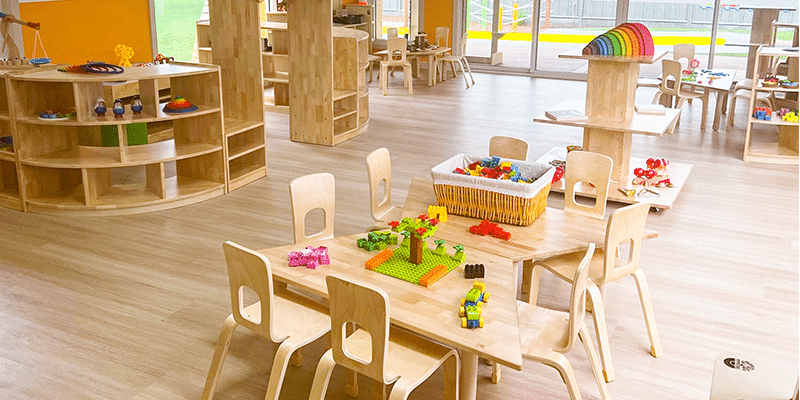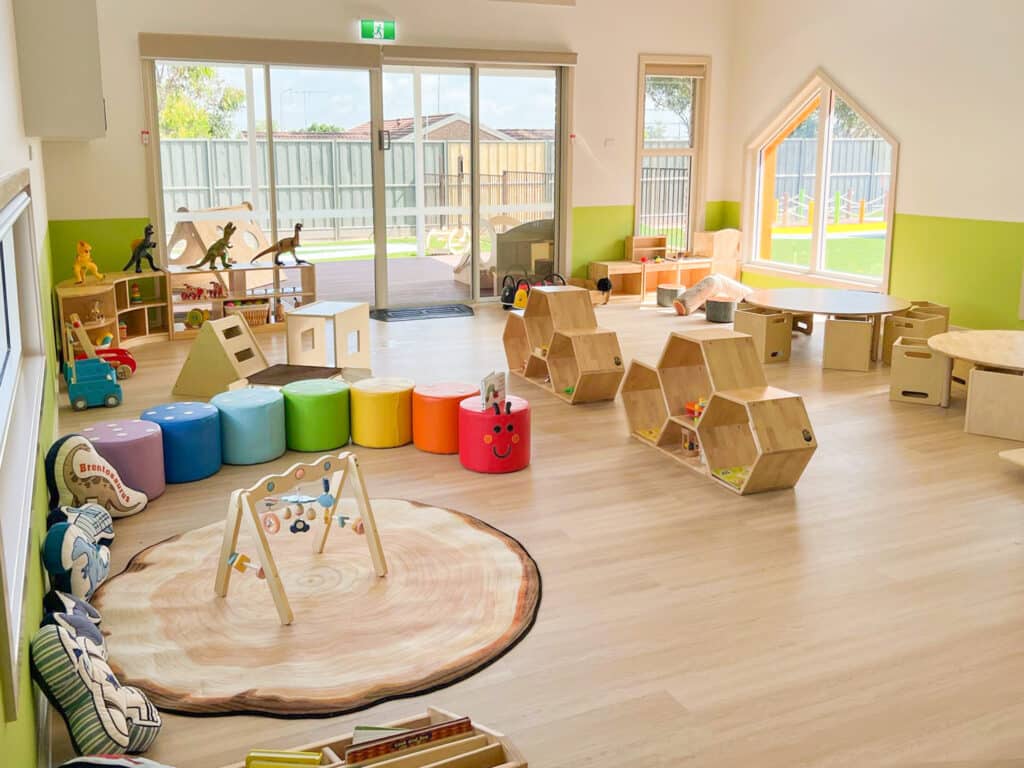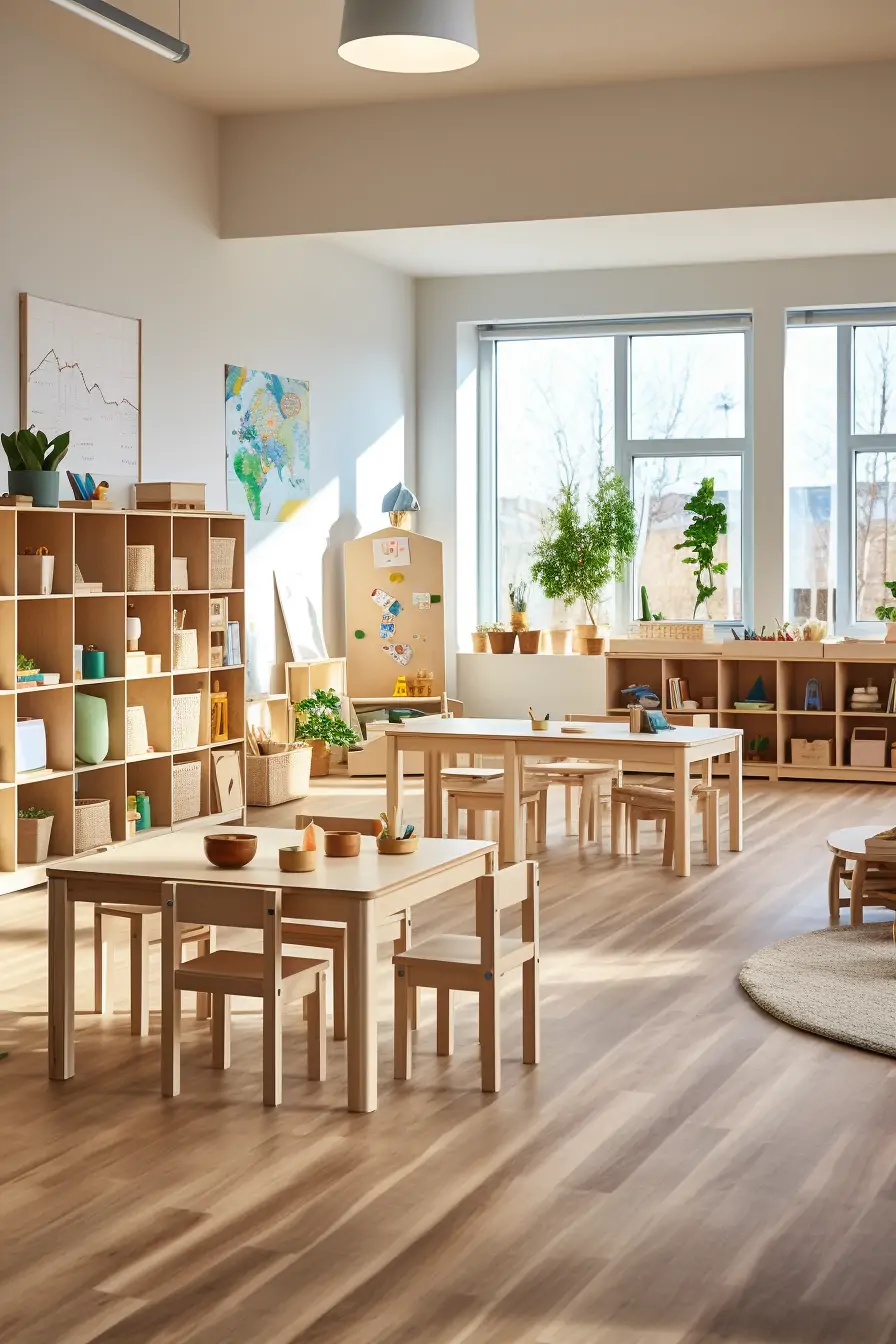Creating a cozy space in a preschool classroom can greatly enhance the learning experience for young children. But what exactly is a cozy space, and how can it be implemented effectively?
A cozy space is an area in the classroom that provides a sense of comfort and security for children. It can be a corner with soft cushions and blankets, a reading nook with books and beanbag chairs, or a sensory area with tactile objects and calming lighting. The goal is to create a space that feels safe, inviting, and nurturing for children.
Studies have shown that cozy spaces can have a positive impact on children’s emotional and cognitive development. When children feel comfortable and secure, they are more likely to explore, learn, and engage in meaningful activities. Cozy spaces can also help children regulate their emotions, reduce stress, and promote relaxation.

So, how can you create a cozy space in your preschool classroom? Here are some tips:
- Add Soft Textiles: Adding soft textures and textiles, such as plush rugs or cozy cushions, can help create a warm and inviting atmosphere in a preschool. These additions can also provide a comfortable place for children to rest and play, and can help absorb noise in the room.
- Incorporate Natural Elements: Bringing in natural elements, such as plants or wooden furniture, can help create a calming and peaceful environment in a preschool. Natural elements can also serve as a learning opportunity for children to explore and understand the world around them.
- Create a Variety of Spaces: Creating different spaces within a preschool, such as a reading corner or a dramatic play area, can offer children a range of learning experiences and cater to their different interests and needs. This can also help promote independence and self-directed learning.
- Consider Lighting: Lighting can have a significant impact on the mood and atmosphere of a preschool. Natural light is ideal, but if that is not possible, consider soft lighting options, such as dimmer switches or warm-toned bulbs. This can help create a cozy and comfortable space for children to learn and play in.
By incorporating these elements into the classroom design, you can create a cozy and inviting space for young learners.
Creating a cozy space in your preschool classroom can be a simple and effective way to promote a positive learning experience for young children. By considering the needs and interests of your students and incorporating natural and sensory elements, you can create a space that feels safe, inviting, and nurturing for all.










